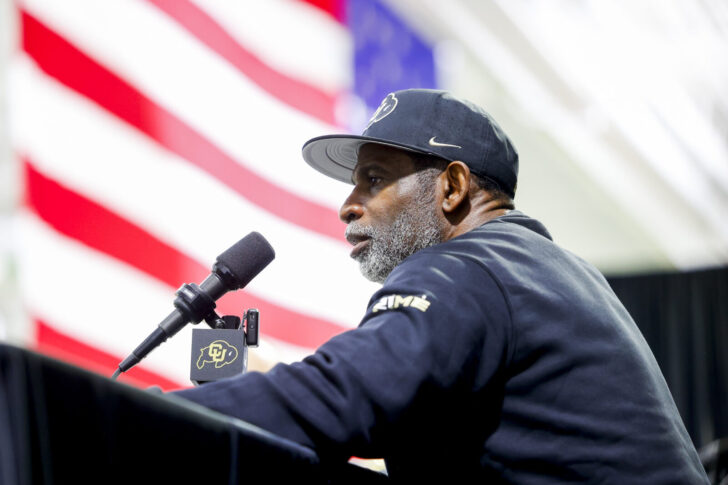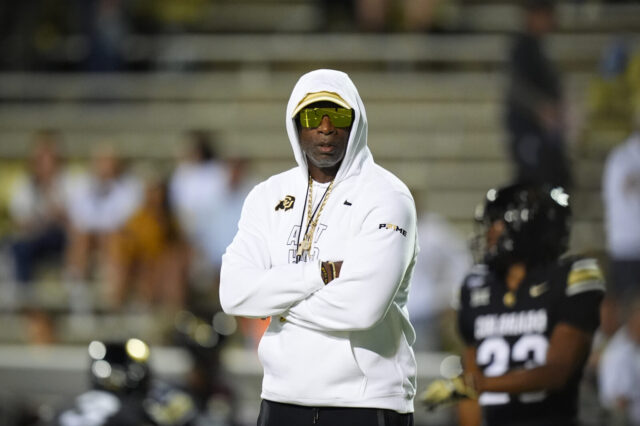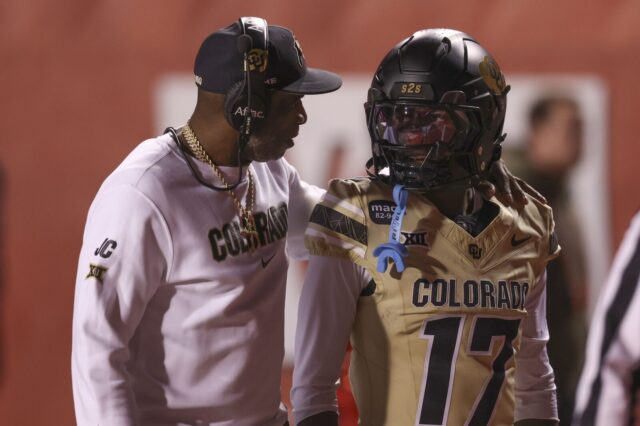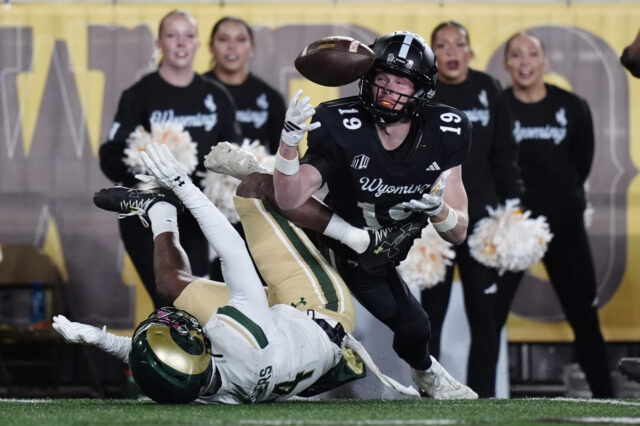Strike 2: This was the week that massive changes in the way the NCAA does business were supposed to get locked in. A federal judge was set to give the final approval of a court settlement that would, among other things, set limits on roster sizes while eliminating scholarship limits. It would also set a de facto “salary cap” for each school in regards to how much revenue sharing/NIL money they could distribute to their athletes. Alas, like so many other court proceedings, the final verdict was delayed – again – while the parties consider potential future challenges to the settlement.
When this all finally does get settled, they’re likely to “grandfather in” the numbers in regards to roster reductions, which would be great news for current college athletes and teams who wouldn’t have to make massive roster cuts all at once. But it appears the Name, Image and Likeness salary cap of roughly $21 million per school will become the rule of the land.
So who gets that money? Schools will have full discretion on how to distribute the funds that will be raised for the athletic departments in general, and not for individuals (individual athletes will still be able to do things like become a legit paid spokesperson for a local car dealership, for example, provided the deal is vetted and approved in advance.)
The revenue sharing figure – which can rise a little each year moving forward – won’t be different for the University of Colorado, Colorado State, or future CSU Pac-12 hoops foe Gonzaga, which does not field a football team but is always formidable in basketball. In theory, the Zags should be able to provide a much fatter paycheck for their basketball players – and recruits – than CSU can, given that the Rams will have more than one hundred football players to pay out of the same pot. So how is this a level playing field?
Keep in mind that the courts don’t give a rip about what’s “fair” or “level,” they only care about what is legal.
On the other hand, when it comes to raising the $21 million to begin with, schools like CU and CSU have a big advantage over Gonzaga since they have football programs that generate big time dollars for their programs. At a very large number of schools, football (and basketball in some cases) raises almost all the money that goes into the department’s coffers and pays the way for the non-revenue sports. Gonzaga may have a money-making hoops program, but those dollars aren’t the same as football dollars. They’ll likely have a much more arduous time raising the money every year without being able to share in revenue raised by a non-existent football program or its Pac-12 football partners.
The bigger question is how programs like CU and CSU will decide to share their pie.
In Boulder, will Tad Boyle’s basketball program get its fair share? Or will Deion Sanders and the football program demand all but a sliver of that pie? You have to believe that administrators will ultimately decide to put the money where they can get the biggest return, right? It’s Deion’s program that’s bringing in all the national attention, even if it’s Tad’s program that has the much more impressive run of long term success (2024 -25 notwithstanding.)
Imagine this issue at a school like Florida, where football rules but the men’s basketball team just won the NCAA Tournament.
With this court settlement and the revenue sharing figure all but secured months ago, you have to believe that coaches have already done their politicking and made their internal case for why their program should get “fully funded” through the school’s collective revenue sharing. There are bound to be hard feelings, even job changes as a result of a particular coach of a particular program feeling like he or she got shortchanged, literally.
Once it’s official, it will be fascinating to see which coaches come out pleased with the verdict, and which one’s want to appeal.





